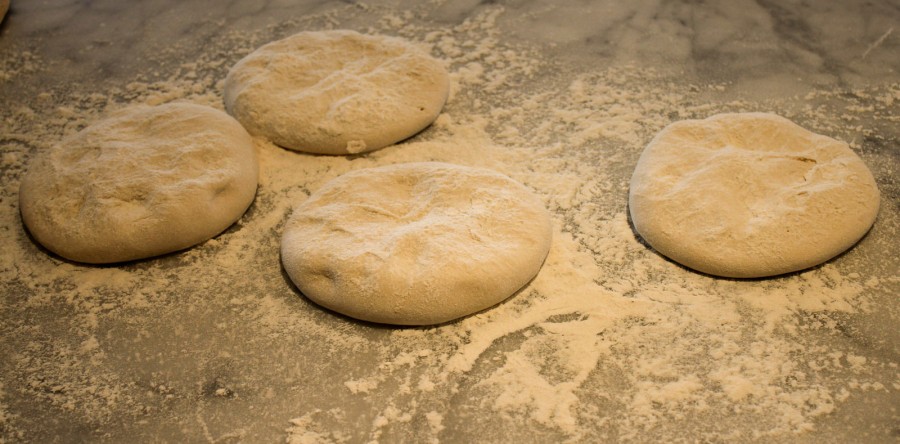Have you ever taken a bite of a slice and wondered why it tastes so rich and full of character? The secret often lies in a process that starts long before baking, in how the base is allowed to rest and develop. This step is not just a technical detail; it’s the heart of flavor creation. Let’s explore how this method transforms a simple mix of flour and water into something unforgettable.
The Science Behind Pinole Pizza Flavor
When enjoying a Pinole pizza, you’re tasting the result of controlled time and temperature working together. Allowing the mixture to rest triggers natural enzymes and yeast to break down starches into sugars. These sugars then caramelize beautifully during baking, imparting a golden hue and subtle sweetness.
At the same time, this process helps create aromatic compounds that add depth and complexity. The result? A balanced flavor that feels both subtle and complex. Every bite tells a story of patience and precision that no shortcut can replace.
Time Makes All the Difference
One of the biggest factors in taste development is time. Longer resting periods result in a more thorough breakdown of complex carbohydrates, producing a natural sweetness and an improved aroma. Quick-rise methods, on the other hand, often result in flat and uninspiring flavors. This patience also affects texture. A well-rested base is lighter and airier, offering that pleasant chew people love. It proves that great taste isn’t rushed, it’s nurtured slowly over hours, sometimes even days.
Texture: The Silent Hero
Flavor often takes center stage, but texture matters just as much. When the base is properly rested, it forms gluten structures that trap air bubbles during the baking process. These bubbles create a soft interior paired with a crisp edge. The result is a slice that feels alive in your mouth, stretchy yet tender, crispy yet fluffy. It’s an experience that mechanical or chemical shortcuts simply cannot replicate. Texture adds dimension to taste, making each bite memorable.
Why Acidity Changes the Game
As this process continues, organic acids develop, subtly altering the overall taste. This mild tang balances the richness of cheeses and toppings, preventing the meal from feeling heavy. Without it, the flavor profile can seem one-dimensional. This hint of acidity also adds depth to the complexity. It’s the reason a simple base can taste extraordinary with minimal toppings. It shows how even the smallest details influence the outcome on your plate.
Nutritional Perks You Didn’t Expect
Beyond taste, this process enhances digestibility. Enzymes break down gluten and starches into simpler forms, making them easier for your body to handle. This is why many people find naturally prepared bases gentler on the stomach. Additionally, slower methods can boost the availability of minerals by reducing compounds that block absorption. So, the benefits extend beyond flavor; they encompass overall wellness. A thoughtful approach means you enjoy more than just great taste.
Local Craftsmanship at Its Best
Many eateries take pride in mastering this traditional step because it sets them apart. They understand that flavor can’t be rushed, and customers recognize the difference. It’s not just a base; it’s a foundation of quality.
If you’re curious to taste the real deal, seek out authentic spots that practice this craft. The experience of a perfectly balanced slice of pinole pizza will convince you that patience always pays off. This method is more than a technique; it’s an art form. By giving time for natural processes to work, flavors become deeper, textures improve, and even nutritional value rises. The next time you take a bite, remember: greatness begins long before the oven.
